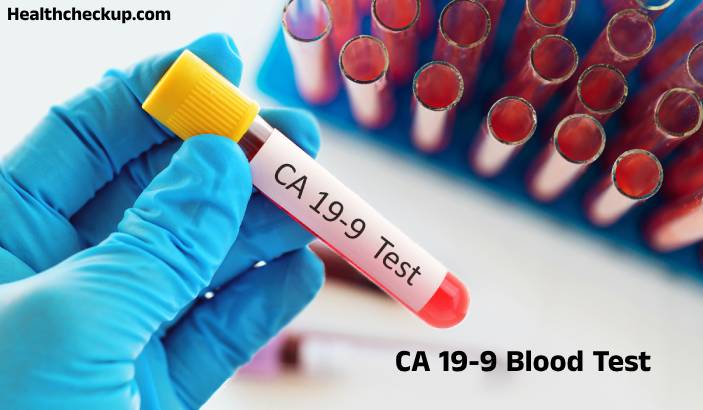Ammonia, a chemical made by bacteria in your intestines and your body’s cells as they break down proteins, is usually converted into urea by the liver and then excreted by the kidneys. However, if this process is disrupted, ammonia levels in the blood can rise, leading to potential health issues. The ammonia blood test, often essential in diagnosing and monitoring various medical conditions, measures the amount of ammonia in your blood.
Purpose of the Ammonia Blood Test
- Diagnosis of Liver Conditions: Elevated blood ammonia levels can indicate liver dysfunction, such as cirrhosis or hepatitis.
- Checking for Severe Liver Disease: It helps in assessing the severity and prognosis of liver diseases.
- Monitoring Treatment: The test is used to monitor the effectiveness of treatments that affect ammonia levels, like medications or dietary changes.
- Detecting Rare Disorders: It aids in diagnosing rare metabolic disorders that can affect ammonia processing.
Preparation for the Test
- Fasting: Patients are typically required to fast for 8-12 hours before the test to avoid any food-induced increase in ammonia levels.
- Medication Advisory: It’s crucial to inform your healthcare provider about all medications, supplements, and herbal treatments you are taking, as some substances might affect test results.
- Physical Activity: Physical exertion before the test can affect ammonia levels, so it might be advised to avoid exercise before testing.
Procedure of the Test
- Sample Collection: A small amount of blood is drawn from a vein, usually from the inside of the elbow or the back of the hand.
- Quick Processing: The blood sample is quickly transported to the lab to prevent the blood cells from increasing ammonia levels, ensuring accuracy.
- Laboratory Analysis: The lab analyzes the sample using specific biochemical methods to measure the ammonia concentration.
Normal Range
- Adults: Typically, the normal range for blood ammonia is between 15 and 45 µmol/L.
- Children: Children might have slightly different normal ranges, so it’s important to discuss these values with a pediatrician.
Results Interpretation
- Elevated Ammonia Levels: High levels might suggest liver disease, kidney failure, or metabolic disorders.
- Low Ammonia Levels: Though less common, low ammonia levels can occasionally be significant in certain metabolic conditions.
- Follow-Up: Abnormal results usually necessitate further testing and evaluation to determine the underlying cause.
Risks Associated with the Ammonia Blood Test
- Minimal Risks: Similar to any blood tests, risks include pain, bleeding, or bruising at the injection site.
- Infection: There is a slight risk of infection at the puncture site.
- Lightheadedness: Some people might feel dizzy or faint during or after the blood draw.
Conclusion
The ammonia blood test is a vital diagnostic tool that assists healthcare providers in diagnosing and managing conditions related to liver function and metabolism. By understanding the purpose, preparation, procedure, and what the results indicate, patients can better prepare for the test and understand their health condition. Like any medical test, it carries some risks, but they are generally minimal. If you have concerns about your ammonia levels or your overall health, discuss them with your healthcare provider to determine if this test is appropriate for you.
In summary, the ammonia blood test plays a crucial role in medical diagnostics by providing valuable insights into a patient’s metabolic state and liver function. Proper preparation and understanding of the test can help ensure accurate results and effective healthcare management.








